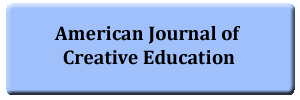Innovative active learning in engineering: A course model combining flipped classroom, real-time evaluation, and real-world projects
DOI:
https://doi.org/10.55284/ajel.v10i2.1605Keywords:
Active learning, Integration, Real-world projects, Flipped classroom, Engineering education, Project-based learning.Abstract
This paper presents an innovative teaching experience implemented in an engineering program, designed to enhance student engagement and learning outcomes through the integration of active learning techniques. The course Introduction to Engineering Project (IEP I) employs a flipped classroom model combined with real-time evaluation and project-based learning (PBL), centered around a real-world project related to university infrastructure. Students were tasked with addressing practical challenges, such as improving structural design, allowing them to apply theoretical knowledge to tangible problems. The flipped classroom approach enabled students to engage with course materials prior to class, while in-class sessions focused on collaborative problem-solving, peer feedback, and real-time assessment. This methodology improves understanding of engineering principles and develops critical soft skills, such as teamwork, communication, and project management. Initial findings suggest notable enhancements in students' academic performance, engagement, and overall satisfaction, along with a more meaningful integration between theoretical instruction and its practical application. This educational initiative underscores the value of merging active learning strategies with authentic, real-world projects to create a transformative effect on engineering education. The article explores the structure of the course, the obstacles encountered during its implementation, and the insights gained throughout the process, providing a model that can be adapted by educators aiming to improve their instructional methods and more effectively prepare students for the demands of engineering professions.



